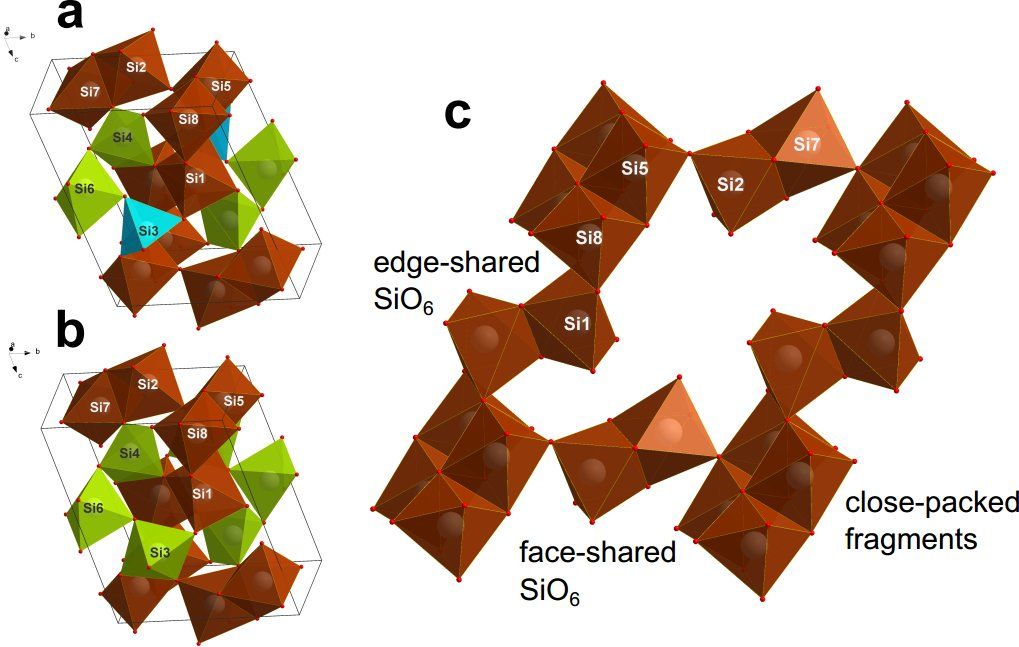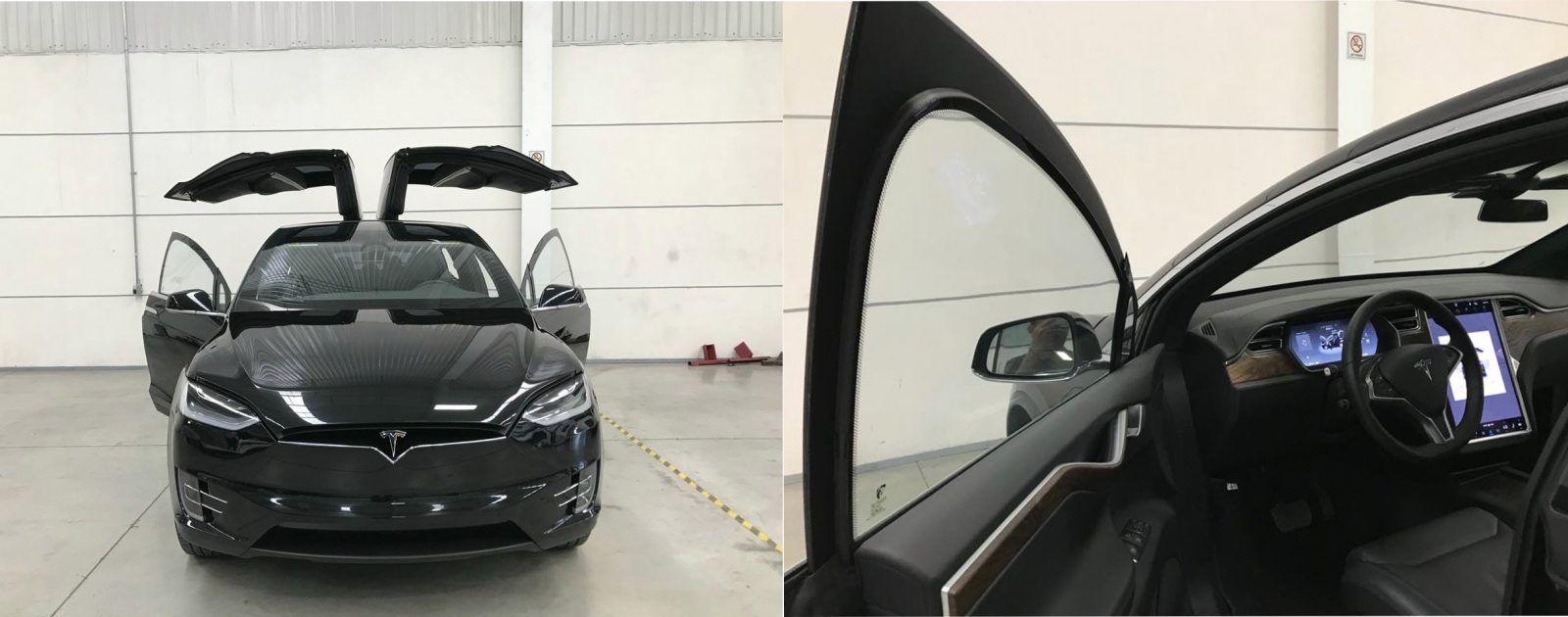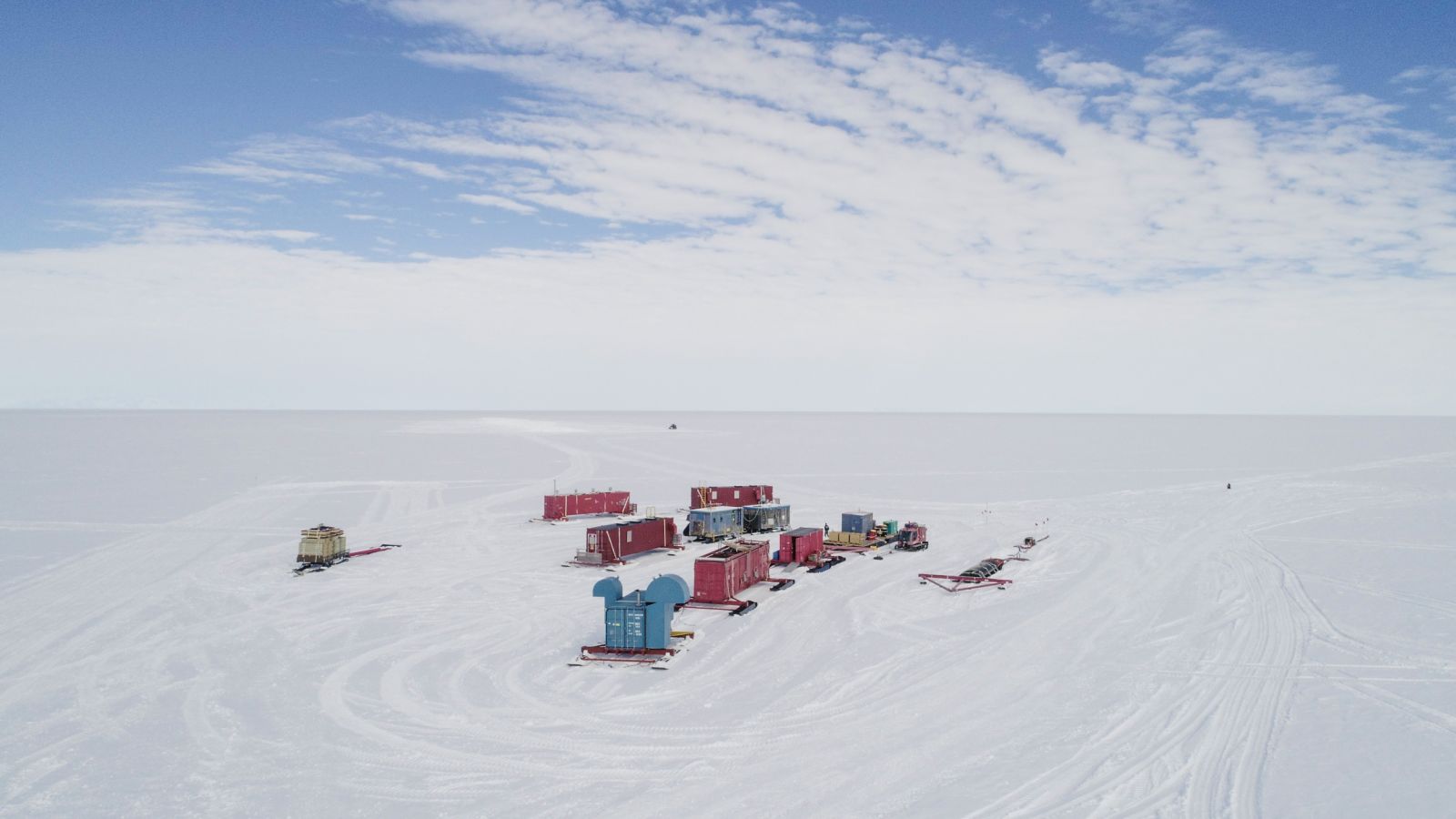Get the latest international news and world events from around the world.

‘Her’, OS Sentience, and the Desire to Love
After watching Spike Jonze’s epic sci-fi film Her, I felt as if my mind was, metaphorically of course, absolutely blown away. The film far exceeded my expectations of how it would make me feel, let alone make me think! I found myself wanting to tell everyone I knew to stop what they were doing and take the time to really watch it, listen to it, and absorb it. I spoke of other great films that captured both my heart and mind, like Robot and Frank, but no film has ever really achieved what Spike Jonze’s Her achieves.
A review of Spike Jonze’s 2013 sci-fi film.

Silica paradox: Scientists discover seemingly ‘impossible’ material
An international team of physicists and materials scientists from NUST MISIS, Bayerisches Geoinstitut (Germany), Linkoping University (Sweden), and the California Institute of Technology (U.S.) has discovered an “impossible” modification of silica-coesite-IV and coasite-V materials, which seems to defy the generally accepted rules for the formation of chemical bonds in inorganic materials formulated by Linus Pauling, who won the 1954 Nobel Prize in Chemistry for that discovery. The research results were published in Nature Communications on November 15th, 2018.
According to Pauling’s rules, the fragments of the atomic lattice in inorganic materials are connected by vertices, because bonding by faces is the most energy-intensive way to form a chemical connection. Therefore, it does not exist in nature. However, scientists have proved, both experimentally and theoretically, using NUST MISIS’ supercomputer, that it is possible to form such a connections if the materials are at ultra-high pressure conditions. The obtained results show that fundamentally new classes of materials exist at extreme conditions.
“In our work, we have synthesized and described metastable phases of high-pressure silica: coesite-IV and coesite-V. Their crystal structures are drastically different from any of the earlier described models,” says Igor Abrikosov, leader of the theoretical research team. “Two newly discovered coesites contain octahedrons SiO6, that, contrary to Pauling’s rule, are connected through common face, which is the most energy-intensive chemical connection. Our results show that the possible silicate magmas in the lower mantle of the Earth can have complex structures, which makes these magmas more compressible than predicted before.”

First look at a bulletproof Tesla Model X armored vehicle
Electric vehicles, especially Tesla’s vehicles, are not being left out when it comes to armored vehicles.
After a Model S earlier this year, we’ve now got a look at what could be the first Tesla Model X armored vehicle.
We heard a rumor that Tesla’s showroom in Mexico City was displaying a bulletproof Model X.

Watch Rocket Lab Launch a Cubesat Fleet for NASA Tonight!
The California-based startup Rocket Lab will launch 10 tiny satellites into orbit for NASA tonight, and you can watch it all live online.
A Rocket Lab Electron booster is scheduled to launch NASA’s ElaNa-19 mission from the company’s private Launch Complex 1 on the Mahia Peninsula of New Zealand’s North Island. Liftoff is scheduled for 11:07 p.m. EST (0407 Dec. 13 GMT) during a 4-hour launch window that closes at 3 a.m. EST (0800 GMT). You can watch live via Rocket Lab’s website, beginning about 20 minutes before liftoff. You can also watch the launch here on Space.com, courtesy of Rocket Lab. Bad weather may be a concern for the launch, company officials said.
Tonight’s launch will mark Rocket Lab’s first flight for NASA and the fourth orbital flight of the company’s Electron booster over all. After two test flights (nicknamed “This Is A Test” and “Still Testing”), the company successfully launched its first commercial mission (dubbed “It’s Business Time”) last month.
Adaptable drone folds while flying to get through gaps
Although quadcopter drones show promise as a means of exploring hazardous environments such as disaster sites, they do have one drawback – they’re wide, limiting their ability to squeeze through tight spaces. An experimental new drone addresses that problem, by folding into different shapes while in flight.



Antarctic Scientists Are About to Drill Into One of the Most Isolated Lakes on Earth
Buried beneath 4,000 feet of Antarctic ice lies Lake Mercer, a subglacial body of water that formed thousands of years ago and has been long separated from the rest of the world. A project to explore this lake—and its mysterious contents—is finally set to begin later this month.
Called Subglacial Antarctic Lakes Scientific Access, or SALSA for short, the project aims to uncover new knowledge about Antarctica’s subglacial lakes, of which over 400 are known to exist. Over the next two months, SALSA scientists will explore one of the largest subglacial lakes in West Antarctica, a body of water known as Lake Mercer. The team will bore through some 4,000 feet (1,200 meters) of ice using a 60-centimeter-wide drill capped with hot water. In addition to extracting water and mud samples, the researchers will deploy a remotely operated vehicle—a scientific first for a subglacial lake.
